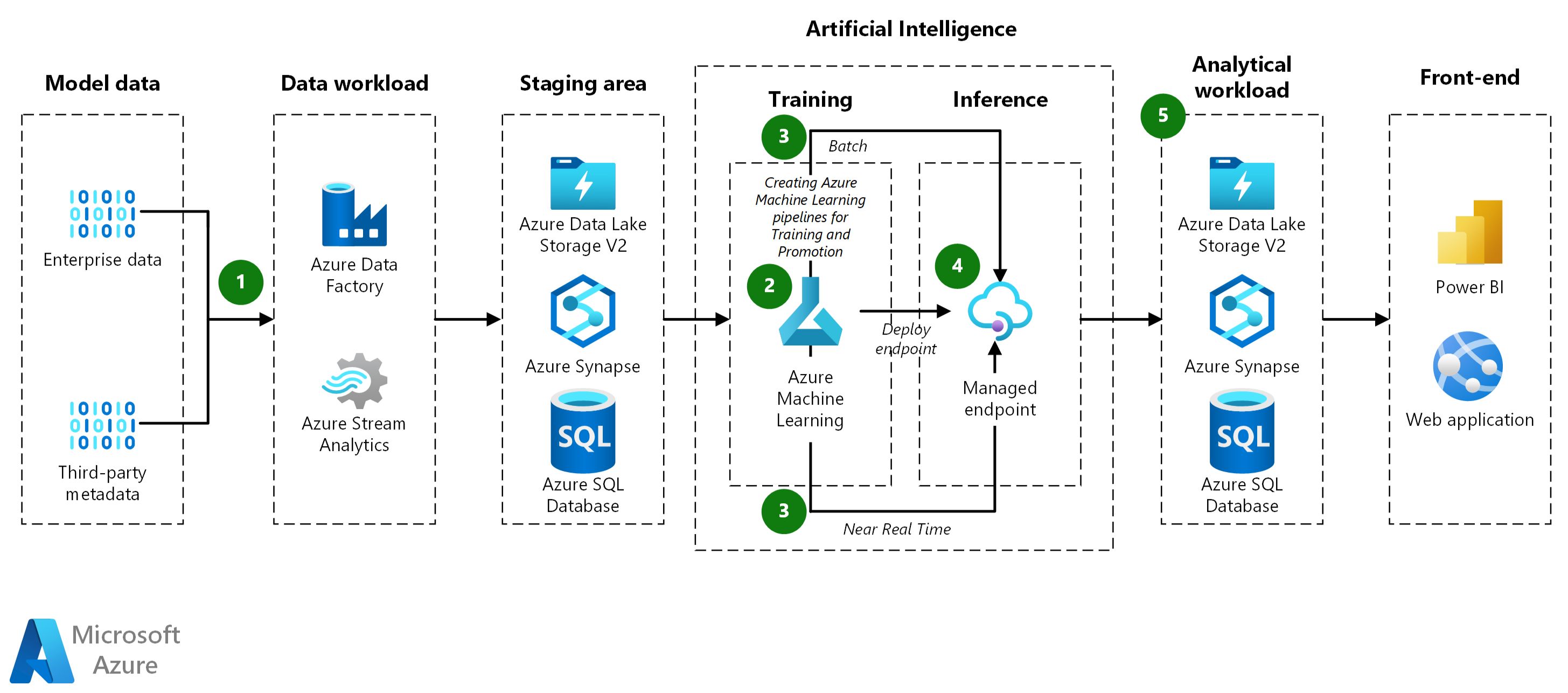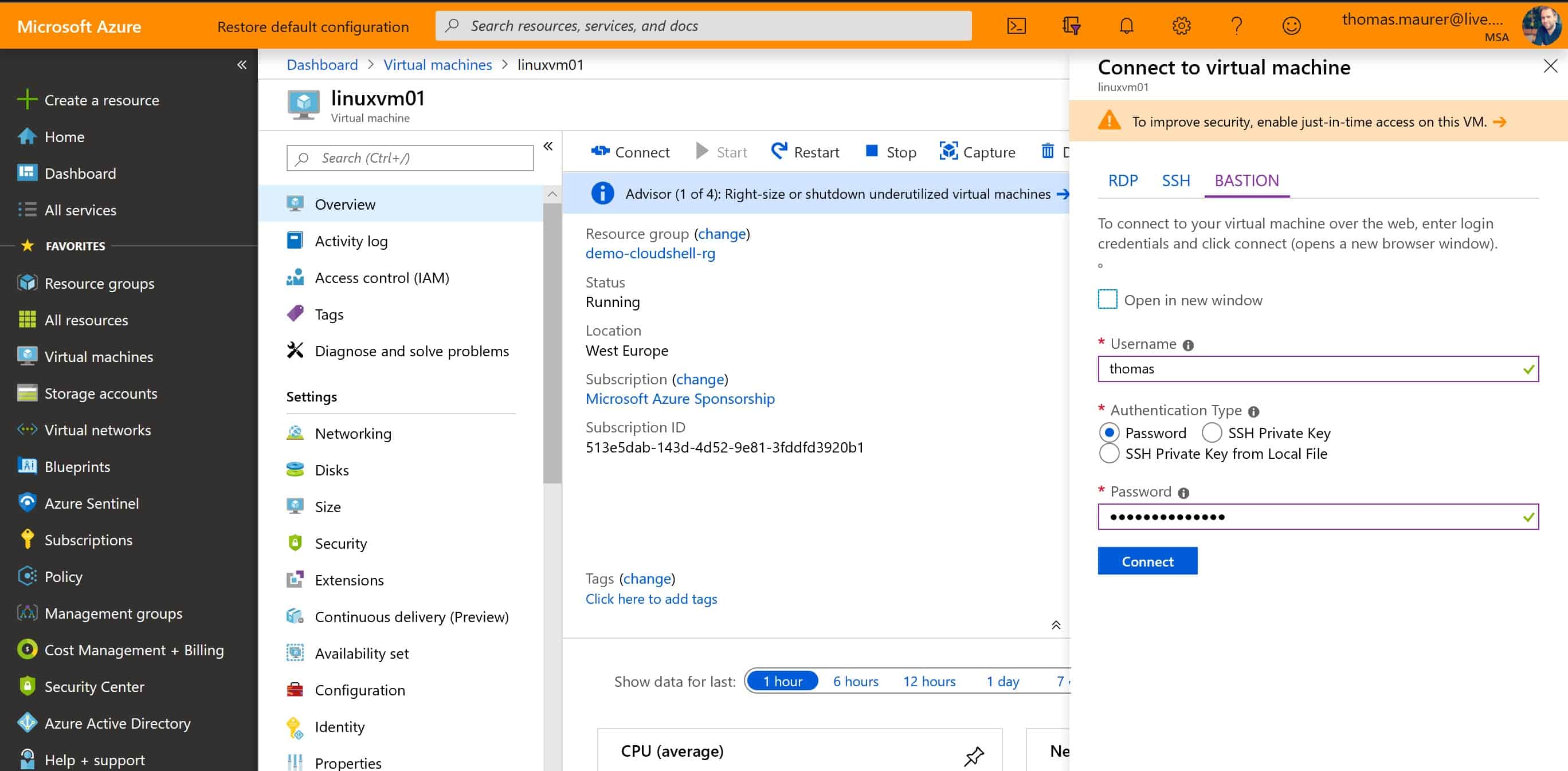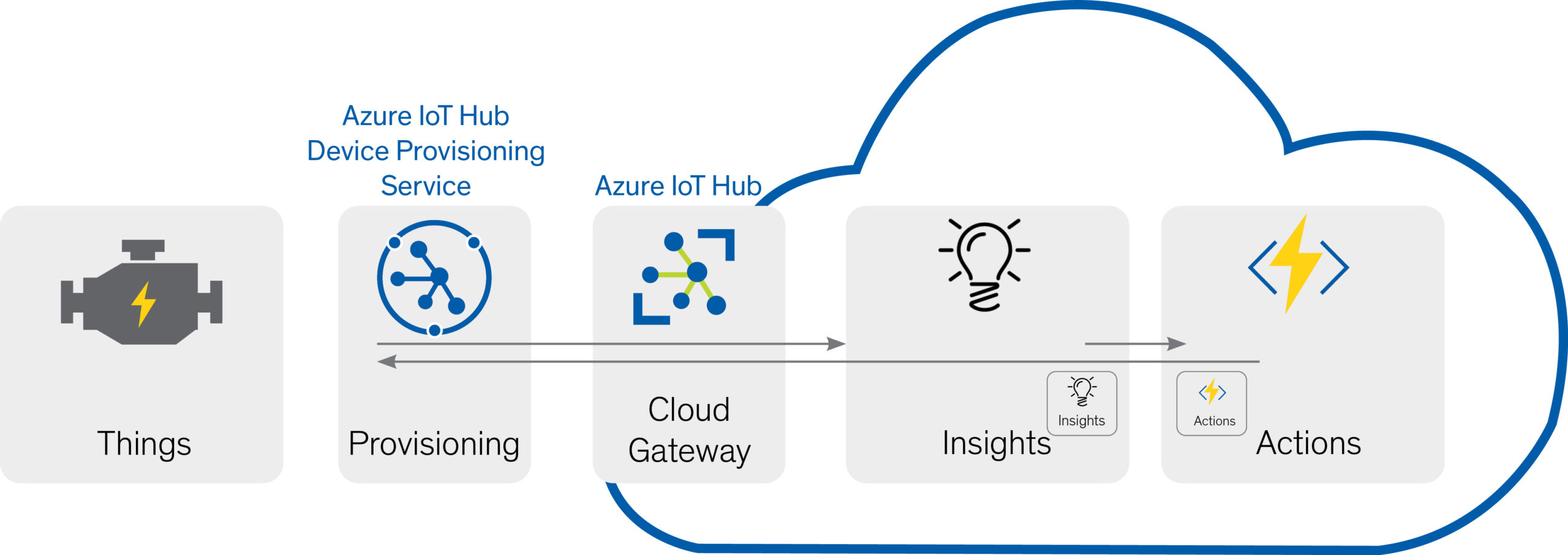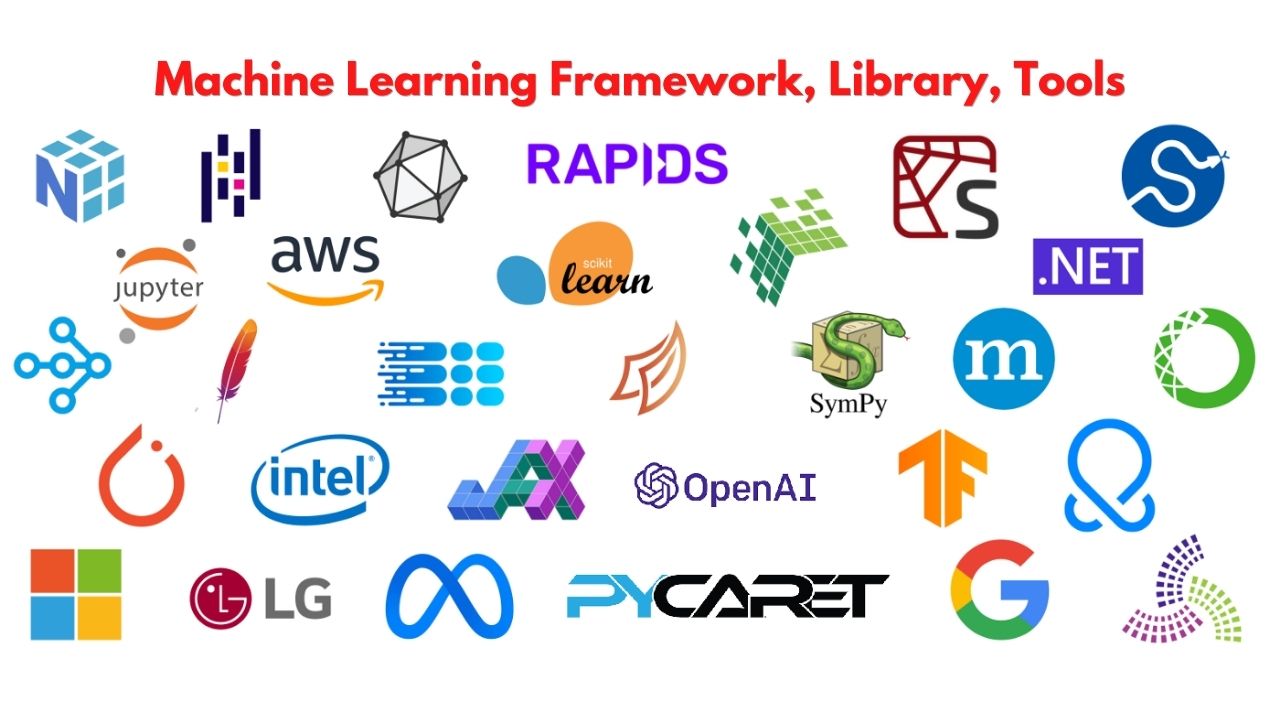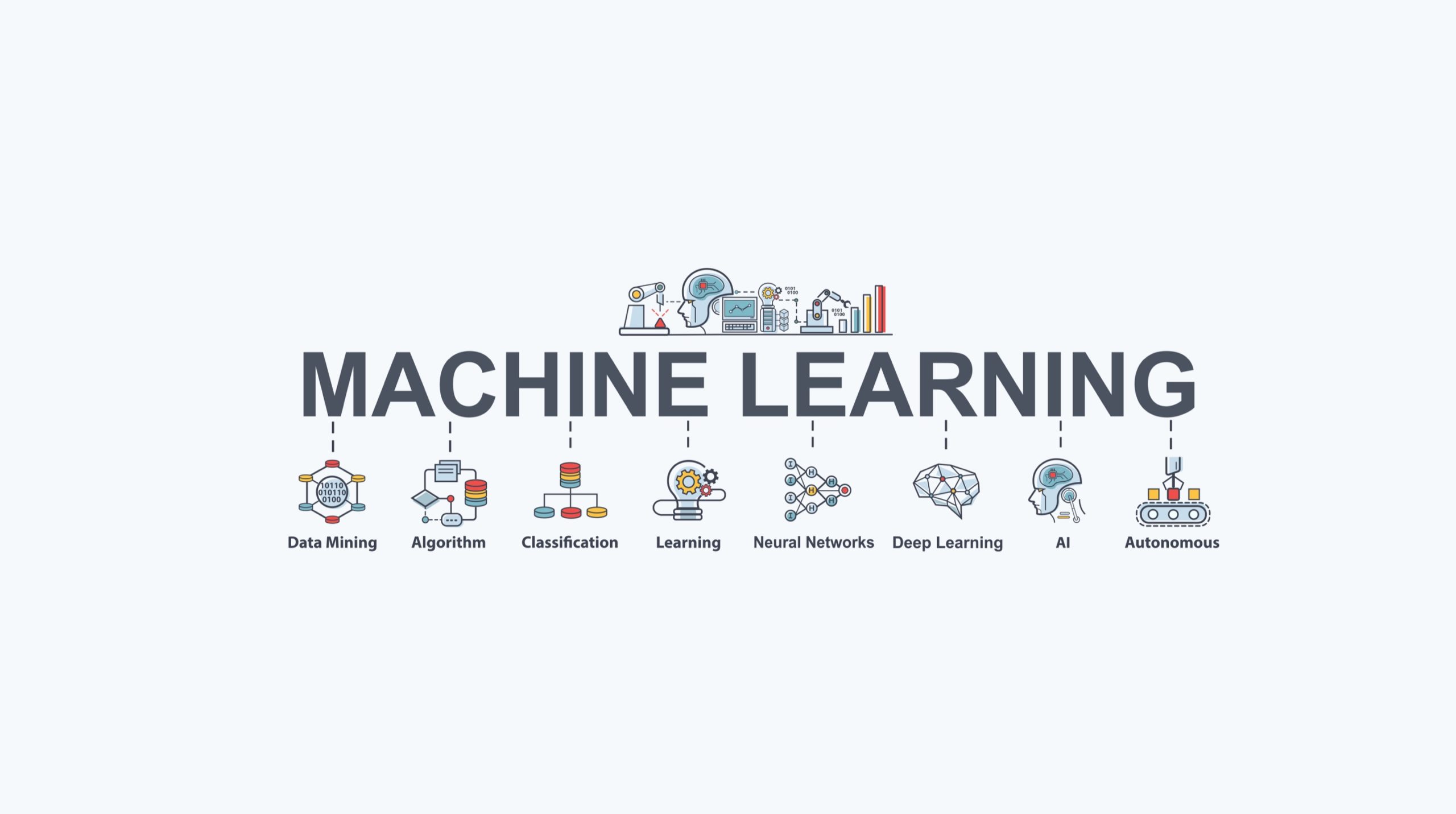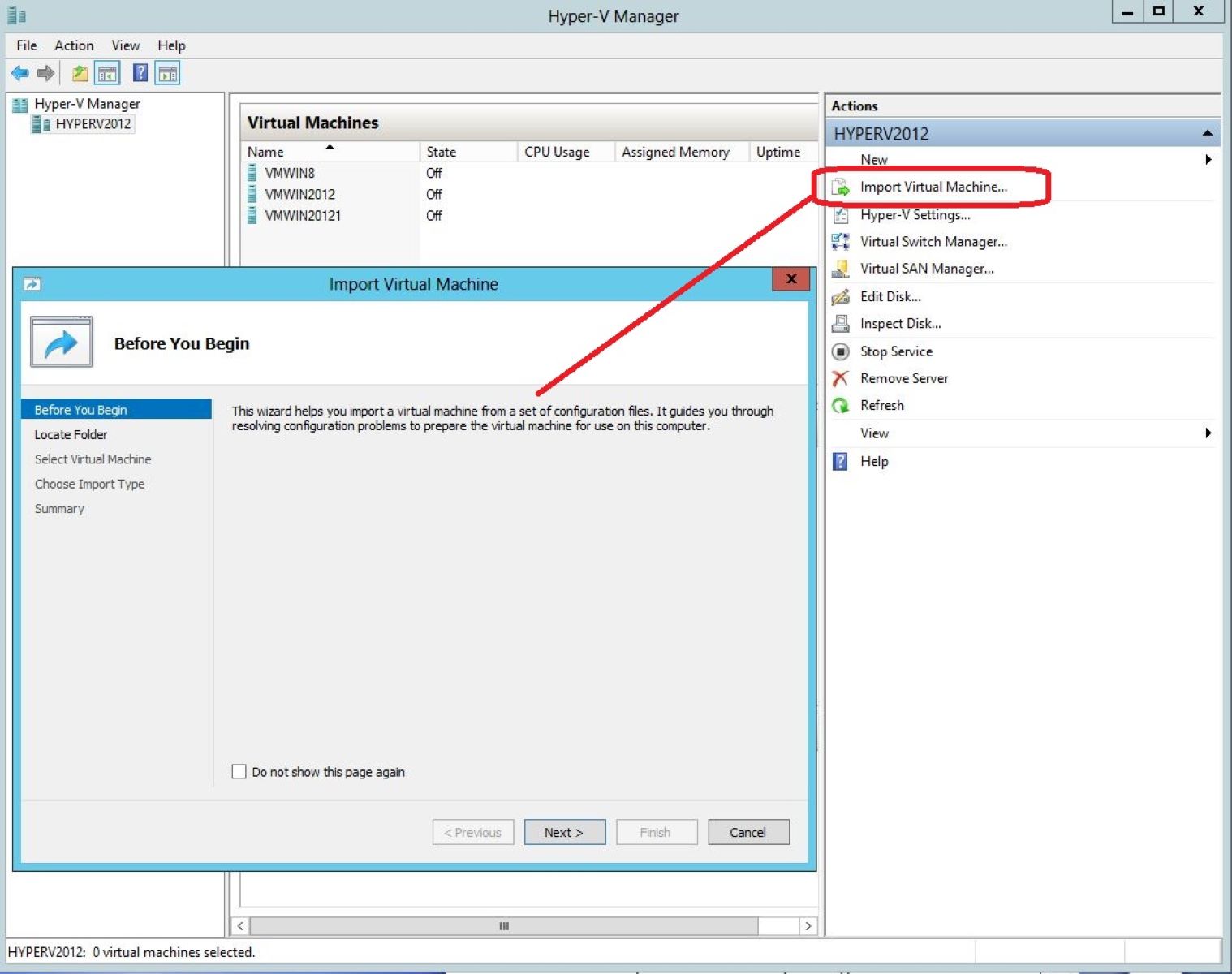Introduction
Welcome to the world of Azure Machine Learning! This powerful and innovative platform has revolutionized the field of data analysis by providing a wide range of tools and capabilities to build and deploy machine learning models. Whether you’re a data scientist, developer, or business analyst, Azure Machine Learning offers a wealth of features to help you extract valuable insights from your data.
Machine learning is a subset of artificial intelligence that enables computers to learn and make predictions or decisions without being explicitly programmed. It has become increasingly important in today’s data-driven world as organizations strive to extract meaningful information from vast amounts of data.
Azure Machine Learning simplifies the process of building and deploying machine learning models by providing a cloud-based infrastructure that takes care of the heavy lifting. With Azure Machine Learning, you can focus on the analysis and interpretation of your data rather than the underlying infrastructure.
Whether you are new to machine learning or have previous experience, Azure Machine Learning offers a user-friendly interface that makes it easy to build and deploy models. The platform supports both code-first and drag-and-drop experiences, allowing you to choose the approach that best suits your needs.
In this article, we will explore the features of Azure Machine Learning and discuss why it has become the go-to platform for machine learning practitioners. We will also provide step-by-step guidance on getting started with Azure Machine Learning, from creating and training a model to deploying and evaluating it.
So, if you’re ready to dive into the world of Azure Machine Learning, let’s get started!
What is Azure Machine Learning?
Azure Machine Learning is a cloud-based service provided by Microsoft that aims to simplify the process of building, training, and deploying machine learning models. It provides a comprehensive set of tools and services that enable data scientists and developers to create powerful predictive analytics solutions without the need for extensive coding or infrastructure management.
At its core, Azure Machine Learning utilizes the power of cloud computing to provide scalable and flexible machine learning capabilities. By leveraging the cloud, users can access and process massive amounts of data with ease, enabling them to build more accurate and efficient models.
One of the key features of Azure Machine Learning is its ability to support both code-first and drag-and-drop experiences. Data scientists can choose to write their own code using popular programming languages like Python or R, or they can take advantage of the visual interface provided by Azure Machine Learning Studio for a more intuitive model building process.
Azure Machine Learning offers a wide range of algorithms and techniques for various machine learning tasks, such as classification, regression, clustering, and anomaly detection. Users can also bring their own custom algorithms or use pre-built modules from the Azure Marketplace, allowing for great flexibility and customization.
With Azure Machine Learning, data scientists can easily experiment with different models and parameters, thanks to its powerful experimentation capabilities. It enables users to track and compare multiple iterations of models, making it easier to identify the most effective approach.
Additionally, Azure Machine Learning provides seamless integration with other Azure services, such as Azure Databricks and Azure Data Factory, allowing users to leverage the full potential of the Microsoft Azure ecosystem. This integration enables end-to-end data pipelines, from data preparation and feature engineering to model deployment and monitoring.
Overall, Azure Machine Learning empowers users to unlock the value of their data by enabling them to build and deploy sophisticated machine learning models at scale. Its user-friendly interface, extensive algorithm library, and integration with Azure services make it the preferred choice for many data scientists and developers.
Why use Azure Machine Learning?
Azure Machine Learning offers a wide range of benefits and advantages that make it a compelling choice for data scientists and developers. Here are some key reasons why you should consider using Azure Machine Learning for your machine learning projects:
- Scalability: Azure Machine Learning leverages the power of cloud computing, allowing you to easily scale your machine learning workflows. Whether you’re working with small datasets or massive amounts of data, Azure Machine Learning can handle the scale, ensuring that you can process and analyze your data efficiently.
- Ease of use: Azure Machine Learning provides a user-friendly interface that simplifies the process of building and deploying machine learning models. With its drag-and-drop interface and code-first approach, you can choose the method that suits your expertise and preferences. It abstracts away the complexity of managing infrastructure and allows you to focus on the analysis and interpretation of your data.
- Integration with Azure services: Azure Machine Learning seamlessly integrates with other Azure services, enabling you to take advantage of the full power of the Microsoft Azure ecosystem. Whether you need to preprocess your data in Azure Databricks or create automated data pipelines with Azure Data Factory, Azure Machine Learning provides seamless integration, making it easier to build end-to-end machine learning workflows.
- Advanced analytics capabilities: Azure Machine Learning offers a wide range of built-in algorithms and techniques to address various machine learning tasks. From classification and regression to clustering and anomaly detection, you can find the right algorithm for your specific needs. Moreover, Azure Machine Learning supports popular programming languages like Python and R, allowing you to leverage your existing skills and libraries.
- Experimentation and model management: Azure Machine Learning provides powerful experimentation capabilities that enable you to easily track and compare different models and parameters. You can iterate and experiment with various configurations, making it easier to identify the best approach. Additionally, Azure Machine Learning allows you to manage and version your models, ensuring reproducibility and collaboration.
- Deployment and monitoring: Azure Machine Learning simplifies the deployment of machine learning models by providing a seamless process. You can deploy your models as web services or containers, making them readily available for predictions. Moreover, Azure Machine Learning enables you to monitor the performance and accuracy of your deployed models, ensuring that your models stay up-to-date and effective.
Overall, Azure Machine Learning combines the power of cloud computing, ease of use, integration with Azure services, and advanced analytics capabilities to provide a comprehensive and efficient platform for building and deploying machine learning models. By using Azure Machine Learning, you can accelerate your machine learning projects and drive meaningful insights from your data.
Features of Azure Machine Learning
Azure Machine Learning offers a wide range of features and functionalities that empower data scientists and developers to build and deploy powerful machine learning models. Let’s explore some key features of Azure Machine Learning:
- Drag-and-drop interface: Azure Machine Learning Studio provides a visual interface that allows users to build machine learning models using a drag-and-drop approach. This feature is particularly useful for those who have limited coding experience or prefer a more intuitive model building process.
- Code-first experience: Azure Machine Learning provides support for popular programming languages like Python and R, allowing data scientists to write their own code to build machine learning models. This feature is ideal for those who prefer a more hands-on and customizable approach to model development.
- Pre-built algorithms and modules: Azure Machine Learning offers a vast library of pre-built machine learning algorithms and modules, making it easier to get started with model development. These pre-built components cover a wide range of machine learning tasks, such as classification, regression, clustering, and text analytics.
- Automated machine learning: Azure Machine Learning simplifies the process of model development with its automated machine learning capabilities. It automatically identifies the best algorithm, hyperparameters, and feature selection techniques for a given dataset, saving significant time and effort for data scientists.
- Experimental tracking: Azure Machine Learning provides a built-in experiment tracking feature that allows users to easily manage and keep track of their various model iterations. This feature helps maintain a record of the experiments conducted, making it easier to reproduce and compare results.
- Model deployment and scaling: Azure Machine Learning enables users to deploy their trained models as web services or containers for real-time predictions. Users can easily scale their deployments based on demand, ensuring that their models can handle a large volume of requests efficiently.
- Integration with Azure services: Azure Machine Learning seamlessly integrates with other Azure services, such as Azure Databricks and Azure Data Factory, allowing users to create end-to-end data pipelines and leverage additional data processing and management capabilities.
- Data drift monitoring: Azure Machine Learning includes monitoring capabilities that track and detect changes in the input data distribution and model performance over time. This helps ensure that the deployed models remain accurate and effective, even as the underlying data changes.
These are just a few of the key features that Azure Machine Learning offers. Its comprehensive set of tools and functionalities make it a powerful platform for building, training, deploying, and monitoring machine learning models. Whether you’re a beginner or an experienced data scientist, Azure Machine Learning provides the tools and resources you need to drive insights and make informed decisions from your data.
Getting Started with Azure Machine Learning
If you’re ready to start using Azure Machine Learning, here’s a step-by-step guide to help you get started:
- Create an Azure Machine Learning Workspace: Start by creating an Azure Machine Learning workspace in the Azure portal. This workspace serves as a centralized hub for managing and organizing your machine learning assets including models, datasets, and experiments.
- Explore the Azure Machine Learning Studio: Once your workspace is created, navigate to the Azure Machine Learning Studio, a web-based interface for building and deploying machine learning models. Familiarize yourself with the various tools and features available in the studio.
- Prepare your data: Before training a machine learning model, you need to prepare your data. This involves cleaning, transforming, and possibly scaling your data to ensure it is in the appropriate format for model training. Azure Machine Learning provides tools to help you with data preparation.
- Build and train your model: Using Azure Machine Learning Studio, you can choose between a drag-and-drop interface or writing code to build and train your model. Select the appropriate algorithm and provide input data to train the model. Azure Machine Learning offers a wide range of algorithms to choose from.
- Evaluate your model: Once your model is trained, it’s important to evaluate its performance. Azure Machine Learning provides tools to assess the accuracy and performance of your model using various evaluation metrics. This step helps you understand how well your model is likely to generalize to new, unseen data.
- Deploy your model: After evaluating your model, you can deploy it as a web service or container for real-time predictions. Azure Machine Learning provides a seamless process for deploying models to the Azure cloud. You can choose the deployment method that best suits your requirements.
- Monitor your model: Once your model is deployed, it’s crucial to monitor its performance and make necessary adjustments over time. Azure Machine Learning offers monitoring capabilities to track the accuracy of predictions, detect data drift, and ensure the model remains reliable and up-to-date.
- Iterate and improve: Machine learning is an iterative process. Continuously experiment, refine, and improve your models based on feedback and changing requirements. Azure Machine Learning provides tools to manage and version your models, making it easy to iterate and track your progress.
Follow these steps to begin your journey with Azure Machine Learning. Remember that practice and experimentation are key to mastering machine learning. Leverage the resources available on the Azure portal, community forums, and documentation to deepen your understanding and make the most of this powerful platform.
Creating and Training a Machine Learning Model in Azure
Creating and training a machine learning model in Azure is a straightforward process. Azure Machine Learning provides a user-friendly interface and a variety of tools to help you build and train your models. Here’s a step-by-step guide to creating and training a machine learning model in Azure:
- Prepare your data: Start by preparing your data for model training. This may involve cleaning, transforming, and preprocessing your data to ensure it is in the right format for analysis. Azure Machine Learning provides tools to help you with this step.
- Create a new experiment: In the Azure Machine Learning Studio, create a new experiment by selecting the appropriate experiment type. You can choose to create a blank experiment or start with a pre-built template to streamline the model-building process.
- Add data and algorithms: Once you have created your experiment, add your prepared data to the workspace. You can upload the data from your local machine or connect to cloud-based storage. Next, select the appropriate algorithm(s) from the Azure Machine Learning algorithm library for training your model.
- Configure and train your model: Configure the parameters and settings for your selected algorithm. This may include specifying the training data, target variables, and hyperparameters. Start the training process to train your model using the available compute resources in Azure Machine Learning.
- Evaluate the model performance: Once the training is complete, evaluate the performance of your model using appropriate evaluation metrics. Azure Machine Learning provides tools to assess the accuracy, precision, recall, and other performance measures of your model. This step helps you understand how well your model is likely to perform on unseen data.
- Iterate and improve: If your model does not meet your desired performance or accuracy levels, iterate and make improvements. Try different algorithms, adjust hyperparameters, or modify the preprocessing steps to enhance your model’s performance.
- Save and deploy your model: Once you are satisfied with the performance of your model, save it and prepare it for deployment. Azure Machine Learning offers options to deploy your model as a web service or container, making it accessible for real-time predictions.
- Monitor and update the model: After deploying your model, it’s important to monitor its performance and make necessary updates as needed. Azure Machine Learning provides monitoring capabilities to track the accuracy of predictions, detect data drift, and ensure the model’s reliability over time.
By following these steps, you can create and train a machine learning model using Azure Machine Learning. Remember to experiment with different algorithms, evaluate the model’s performance, and iterate to achieve the desired accuracy levels. Azure Machine Learning provides a powerful and intuitive platform for building and training models, empowering you to unlock valuable insights from your data.
Deploying and Scoring a Machine Learning Model in Azure
Once you have trained a machine learning model in Azure, the next step is to deploy it for real-time scoring. Azure Machine Learning provides a seamless process to deploy and score your models, making them readily available for predictions. Here’s a step-by-step guide to deploying and scoring a machine learning model in Azure:
- Choose the deployment type: Azure Machine Learning offers multiple deployment options for your trained models. You can deploy them as a web service or as a container, depending on your specific requirements. Choose the deployment type that best suits your needs.
- Configure the deployment: Once you’ve chosen the deployment type, configure the deployment settings. Provide details such as the number of instances, memory allocation, and CPU resources required. These settings will define the infrastructure for hosting your deployed model.
- Package your model: Before deploying, package your trained model together with any required preprocessing code or libraries. This ensures that all necessary components are included in the deployment package, allowing for seamless and consistent predictions.
- Deploy your model: Start the deployment process in Azure Machine Learning. The platform will provision the required resources and set up the infrastructure for hosting your model as a web service or container. This process may take a few minutes to complete.
- Test the deployed model: Once the deployment is successful, test your deployed model by sending sample data for scoring. This allows you to verify that the model is functioning correctly and producing accurate predictions in the production environment. Azure Machine Learning provides tools and interfaces to send test requests to your deployed model.
- Monitor the deployed model: Continuously monitor the performance and accuracy of your deployed model. Azure Machine Learning offers monitoring capabilities that enable you to track the predictions, evaluate response times, and detect any drift in the input data or model performance. Monitoring ensures that your model remains reliable and effective over time.
- Scale the deployment: As the demand for your model’s predictions grows, you may need to scale the deployment to handle increased traffic. Azure Machine Learning allows you to easily scale your deployment to provide the necessary compute resources for serving predictions efficiently.
- Maintain and update the deployment: Regularly update and maintain your deployed model to ensure its accuracy and effectiveness. As new data becomes available or your model’s performance requirements change, make necessary updates and redeploy the model. Azure Machine Learning facilitates versioning and managing the lifecycle of deployed models.
By following these steps, you can successfully deploy and score a machine learning model in Azure. Azure Machine Learning simplifies the deployment process and provides tools for testing, monitoring, scaling, and maintaining the deployed models. With your model readily available for predictions, you can leverage the power of Azure to unlock valuable insights and make real-time decisions based on the predictions generated by your machine learning model.
Monitoring and Evaluating Machine Learning Models in Azure
Monitoring and evaluating machine learning models are critical steps in ensuring their accuracy, reliability, and performance over time. Azure Machine Learning provides robust tools and capabilities to monitor and evaluate your deployed models, enabling you to make necessary adjustments and maintain their effectiveness. Here’s a step-by-step guide to monitoring and evaluating machine learning models in Azure:
- Set up monitoring: Start by setting up monitoring for your deployed models in Azure Machine Learning. This involves defining the metrics you want to track, such as accuracy, precision, recall, or custom metrics specific to your model and problem domain.
- Collect monitoring data: Once monitoring is set up, Azure Machine Learning automatically collects data on how your model is performing in production. It captures information such as prediction requests, response times, and any data drift or anomalies encountered.
- Analyze monitoring data: Azure Machine Learning provides tools to analyze the collected monitoring data. You can use visualizations and dashboards to gain insights into the performance of your model, identify patterns, and detect any deviations from expected behavior.
- Alerts and notifications: Configure alerts and notifications in Azure Machine Learning to alert you when certain metrics or thresholds go beyond acceptable levels. This ensures that you are promptly informed about any potential issues or changes in model performance that require attention.
- Drift detection: Data drift refers to changes in the distribution or characteristics of the input data over time. Azure Machine Learning includes capabilities to detect data drift by comparing the incoming data with the data used during model training. Detecting drift helps ensure that your model remains effective and accurate even as the underlying data evolves.
- Evaluate model performance: In addition to monitoring, evaluating the performance of your deployed models is essential. Azure Machine Learning provides tools to assess the accuracy, precision, recall, and other metrics of your models using test data or a validation dataset. Regular evaluation helps you understand how well your models are performing and identify areas for improvement.
- Iterate and update models: Based on the insights gained from monitoring and evaluation, make necessary adjustments and improvements to your models. This may involve retraining the models with updated data, modifying feature engineering steps, or tuning hyperparameters to enhance performance.
- Versioning and management: Azure Machine Learning enables versioning and management of your models, allowing you to keep track of different iterations and versions. This ensures reproducibility and facilitates comparison between different models to understand the impact of changes on performance.
By following these steps, you can effectively monitor and evaluate your machine learning models in Azure. Continuously monitoring the models’ performance and detecting data drift helps maintain their accuracy and reliability over time. Regular evaluation allows you to gauge the effectiveness of your models and fine-tune them for optimal performance. Leveraging the monitoring and evaluation capabilities in Azure Machine Learning ensures that your machine learning models deliver the expected results and help you make informed decisions based on reliable predictions.
Conclusion
Azure Machine Learning is a powerful and comprehensive platform that empowers data scientists and developers to build, train, deploy, and monitor machine learning models. With its user-friendly interface, extensive algorithm library, and seamless integration with other Azure services, Azure Machine Learning offers a streamlined and efficient approach to leveraging the power of machine learning in a cloud environment.
Throughout this article, we have explored the various features and benefits of Azure Machine Learning. From its drag-and-drop interface to its code-first experience, users have the flexibility to choose the approach that best suits their needs and expertise. The vast library of pre-built algorithms and modules, as well as the automated machine learning capabilities, expedite the model development process and make it accessible to both beginners and experienced data scientists.
Azure Machine Learning provides an end-to-end solution, from data preparation and model training to model deployment and monitoring. With its seamless integration with other Azure services, such as Azure Databricks and Azure Data Factory, data scientists can create robust and scalable data pipelines, enabling the deployment and integration of machine learning models into production environments.
By following the step-by-step guides we provided, you can easily get started with Azure Machine Learning, create and train machine learning models, and deploy them for real-time scoring. The monitoring and evaluation capabilities in Azure Machine Learning allow you to track the performance of your deployed models, detect data drift, and make necessary adjustments to maintain their accuracy and effectiveness.
Azure Machine Learning empowers organizations to unlock the value hidden within their data, make better decisions, and drive innovation. Whether you are a data scientist, developer, or business analyst, Azure Machine Learning provides a robust and user-friendly platform for harnessing the power of machine learning to solve complex problems and extract meaningful insights.
So, if you’re ready to dive into the world of machine learning, Azure Machine Learning is here to support you and accelerate your journey towards building intelligent and data-driven solutions.







